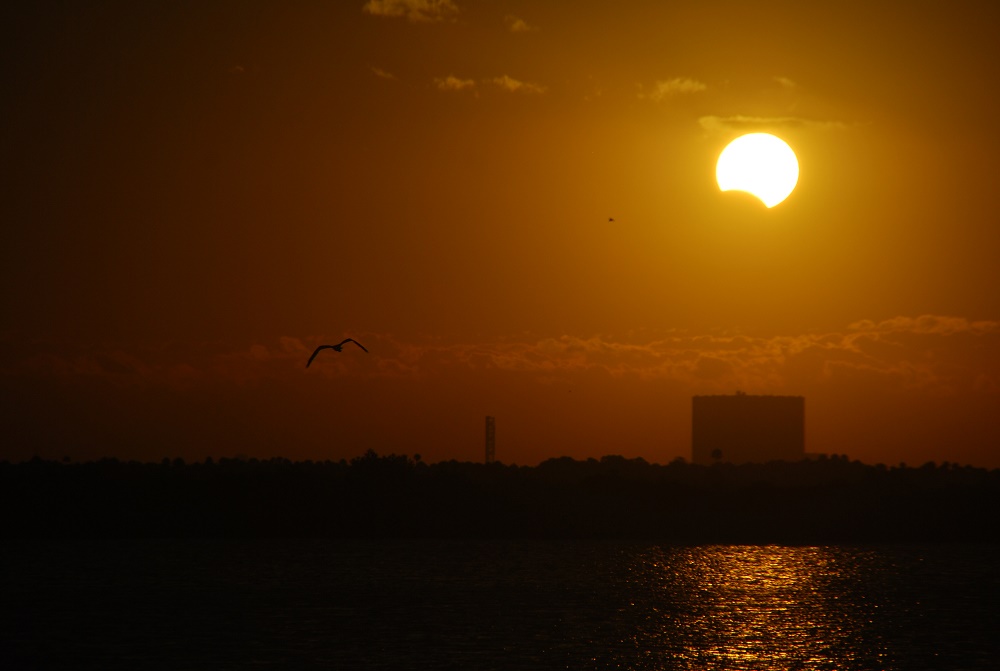
Got clear skies this weekend? If clouds cooperate, observers in the North Atlantic and surrounding regions may witness a rare spectacle: a partial solar eclipse. This is the second eclipse of 2025, and bookends the first eclipse season of the year. The season started with March 14th total lunar eclipse. Depending where you are observing from, this is a shallow to a deep partial, 'almost' total solar eclipse.
Continue reading
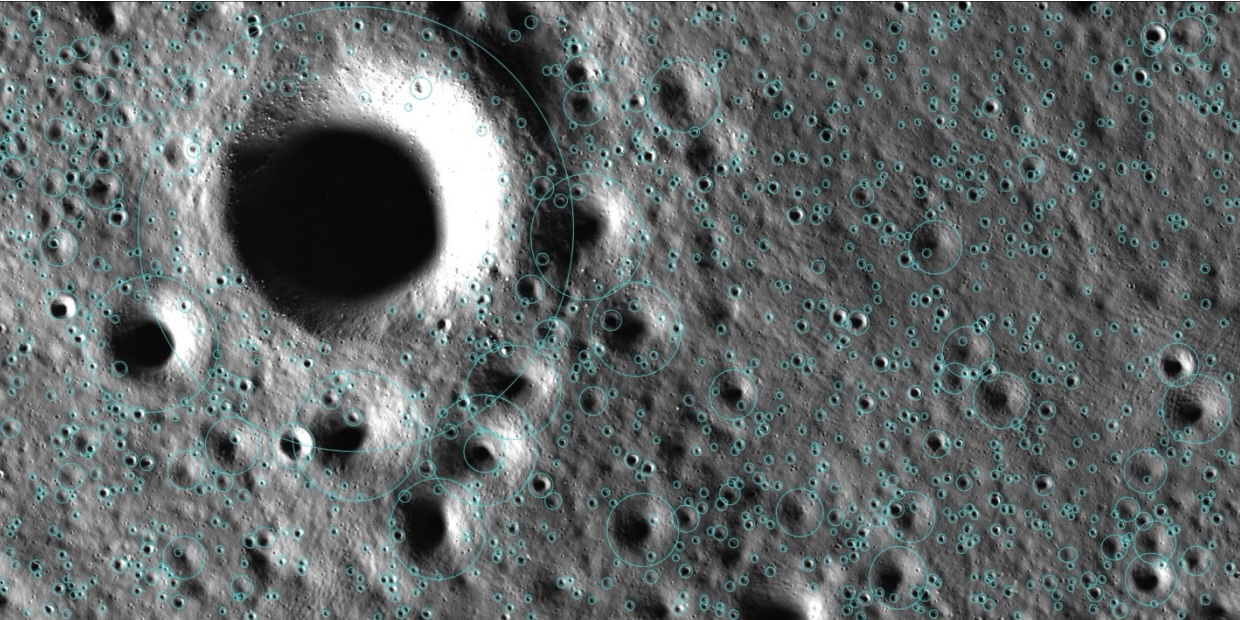
The focus is all on the Moon at the moment as we strive to establish a permanent lunar base. At the south polar region there are permanently shadowed craters protecting pockets of water ice. Korea's Pathfinder Lunar Orbiter (KPLO) has been capturing images of these craters using its ShadowCam instrument. Now, using that data, planetary scientists are using a machine learning algorithm to identify over a billion impact craters in the region, deep inside the shadowed craters and each is at least 16 metres in diameter.
Continue reading
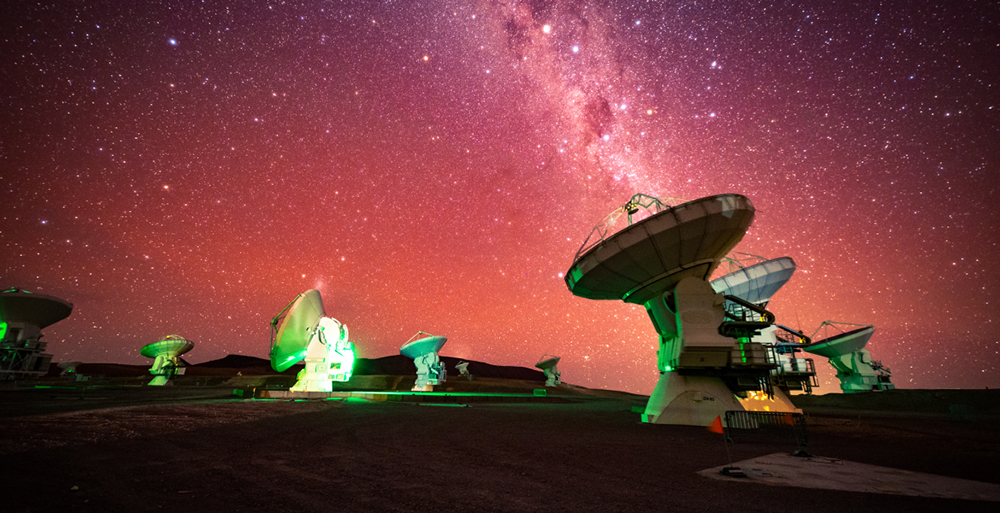
What happens when you mix clouds of gas and dust, strong outflows, and energetic shock waves at the core of the Milky Way Galaxy? Space tornadoes. At least, that's how researchers using the Atacama Large Millimeter Array in Chile to study the galaxy's heart described what they found.
Continue reading
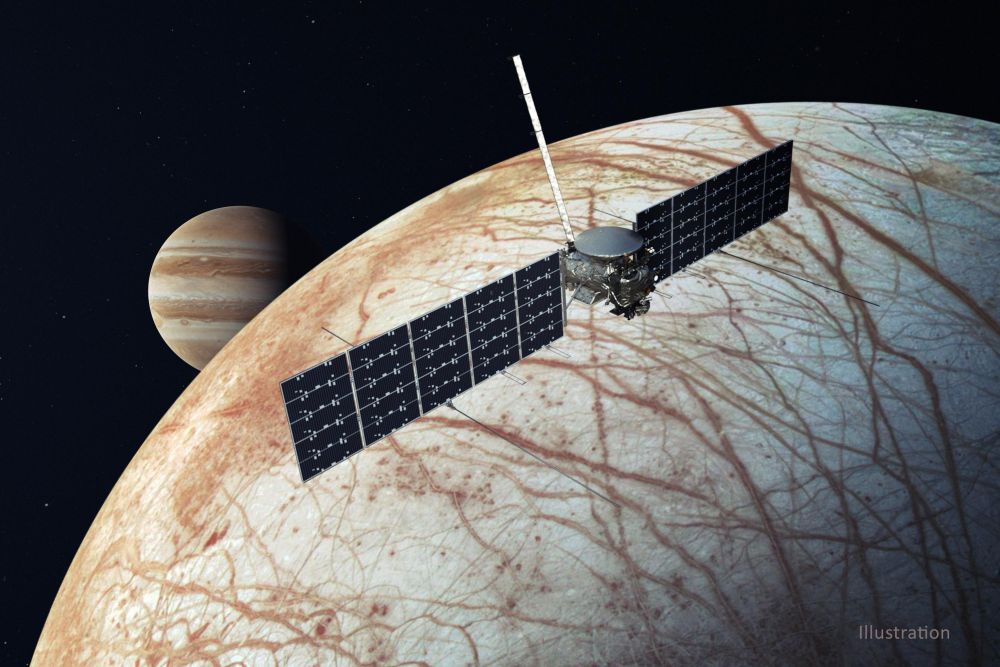
There's a well-established paradigm in planetary body exploration. It begins with a flyby, then later an orbiter, and then, if possible, a lander. Previous spacecraft have performed single flybys of Europa, and the Europa Clipper orbiter is on its way to Jupiter's moon Europa for a more detailed orbital study of the frozen moon. Hopefully, a lander will follow. A presentation at the recent Lunar and Planetary Science Conference showed how the Europa Clipper can help find the best landing sites on the icy ocean moon for a future Europa lander.
Continue reading
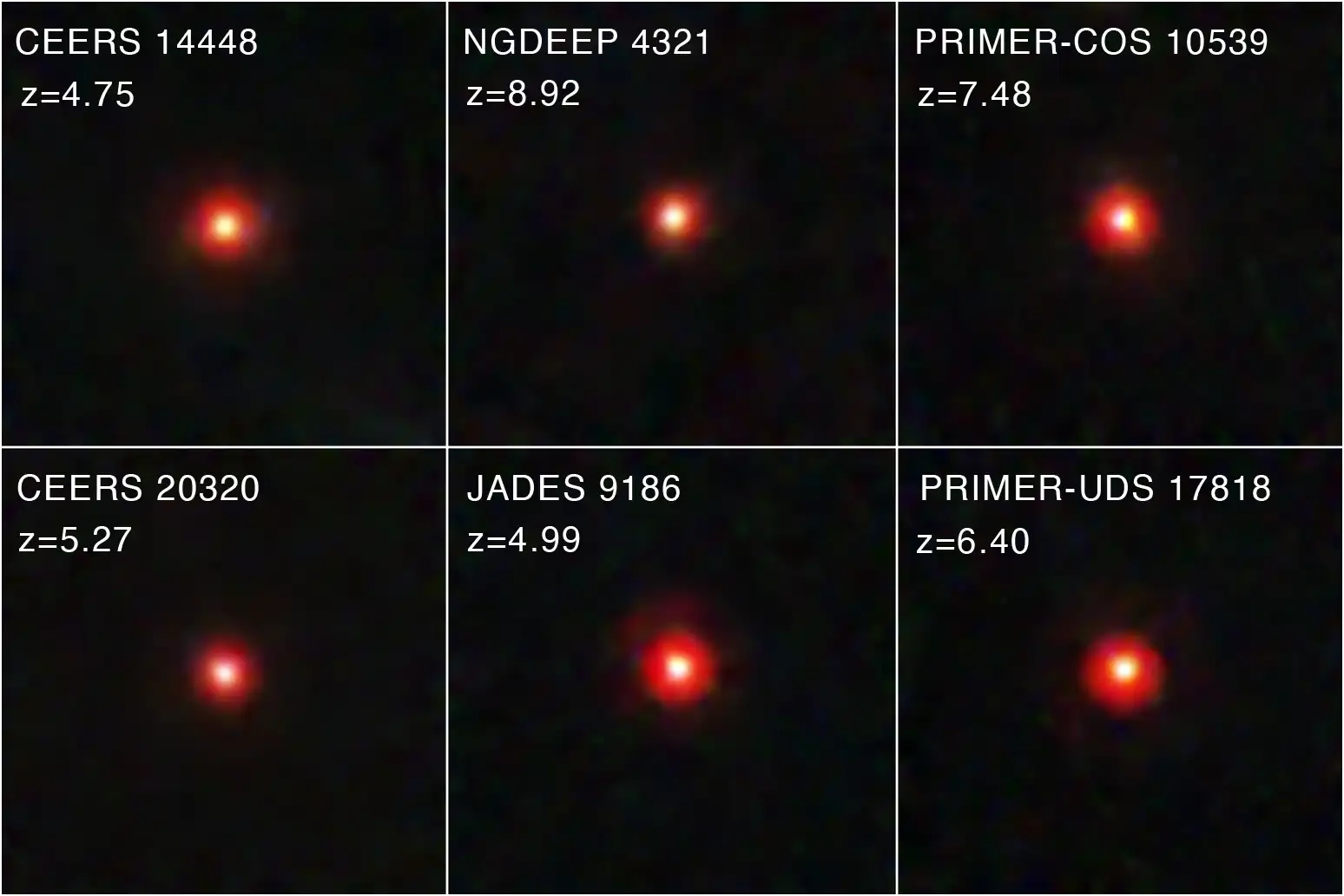
The James Webb Space Telescope has given us a view of the earliest moments of galaxy formation in the Universe. It's also revealed a few surprises. One of these is the appearance of small, highly redshifted objects nicknamed "little red dots (LRDs)." We aren't entirely sure what they are, but a new study points to an answer.
Continue reading
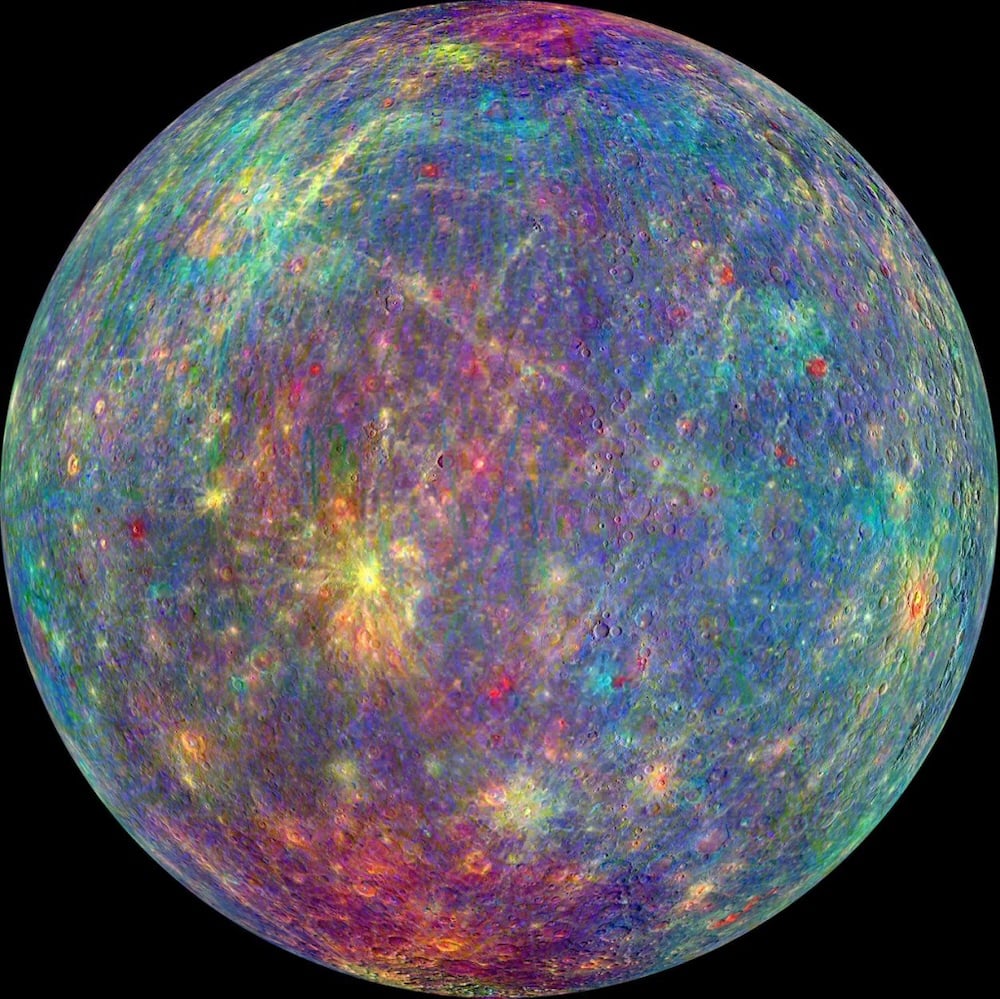
Compared to the other terrestrial planets, Mercury has always been a bit of a mysterious one. It's internal structure is very different from its planetary siblings with its core accounting for 70% of its overall mass and an unusually thin mantle composed of silicates. One theory suggests a head-on collision between a larger proto-Mercury and a smaller object while another suggests Mercury sideswiped an Earth-mass object. It may be something completely different and a new paper suggests that a grazing collision between two similarly sized bodies led to the formation of the planet we see today.
Continue reading
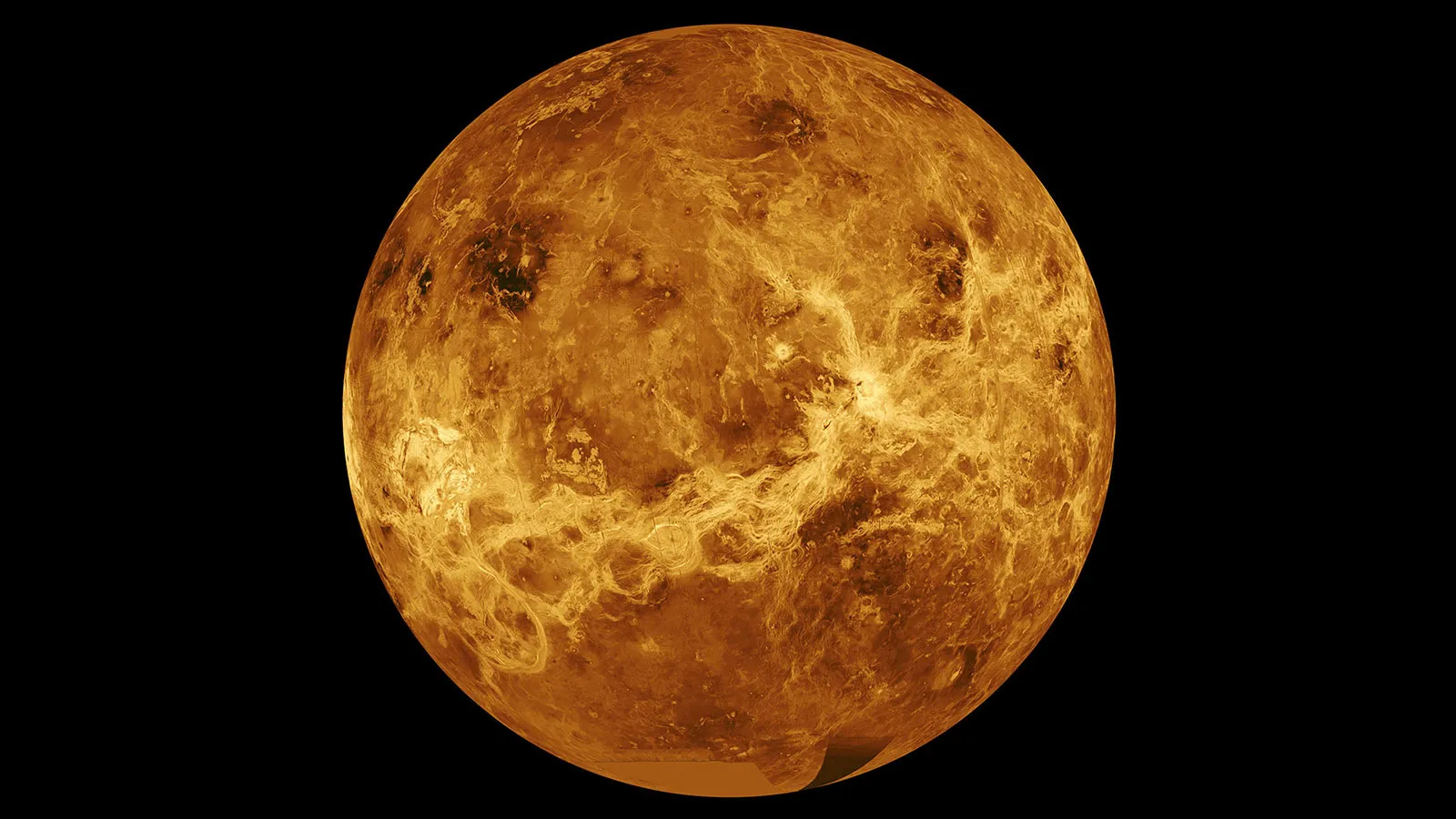
Shrouded in thick clouds, our erstwhile sister planet Venus is rife with mysteries. Among the Solar System's rocky planets, Venus is the one begging for more exploration. While potential habitability always catches people's attention, scientists crave more fundamental knowledge about Venus: its geology.
Continue reading
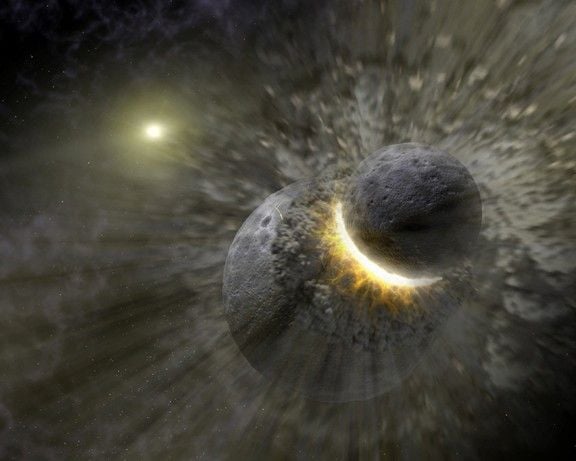
The Moon is a common sight in our night time (and sometimes daytime) skies but it hasn't always been there. The widely accepted theory of lunar formation involves a Mars-sized planet crashing into the Earth, creating a cloud of debris that eventually that eventually coalesced to form the Moon. Estimates of this cataclysmic event that gave us the Moon range from between 4.52 to 4.35 billion years ago however a new presentation at the Lunar and Planetary Science Conference have pushed that timeline back even further!
Continue reading
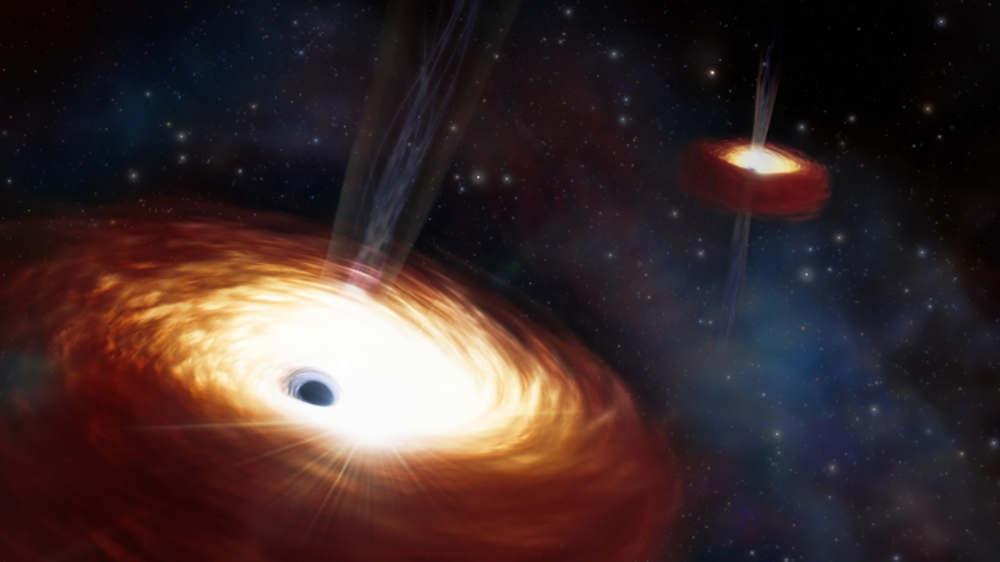
When it comes to safe places for life, supermassive black holes are probably the last place you'd consider safe for nearby planets, let alone life-bearing ones. There are good reasons for this: those monsters at the hearts of galaxies suck down everything that comes into contact with them. When they do that, they blast out killer radiation. Neither activity is necessarily good for life. Or is it? As it turns out, radiation from these active galactic nuclei (AGN) can nurture life under the right circumstances.
Continue reading
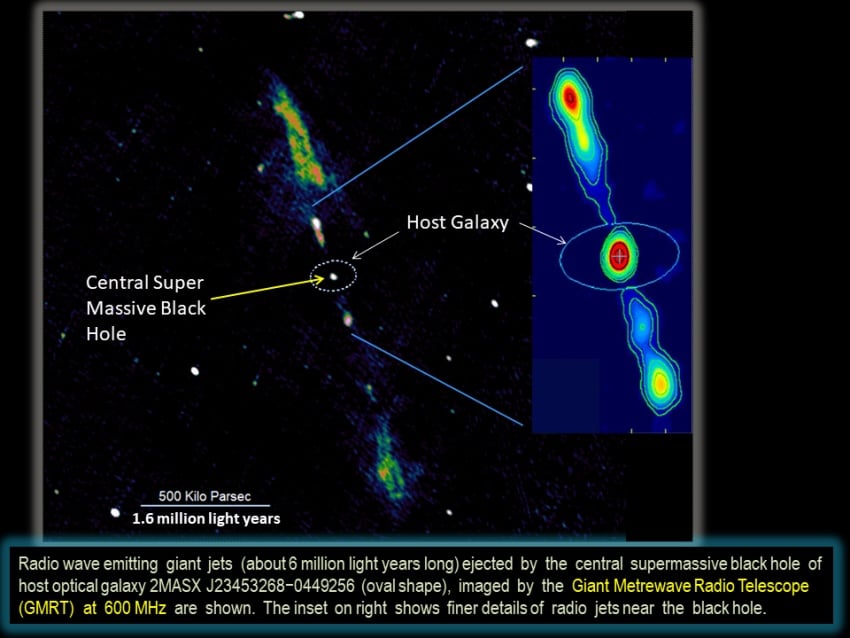
Scientists have detected a fascinating spiral galaxy located about one billion light-years away. At the heart of this cosmic goliath, powerful radio jets are blasting out of its centre, stretching six million light years into space. A team of researchers have suggested that a smaller dwarf galaxy plunged into its centre, passing close to its supermassive black hole triggering immense flares, intense radiation and driving the colossal radio jets. Surprisingly however, despite the tremendous amounts of energy, the galaxy has kept its spiral structure.
Continue reading
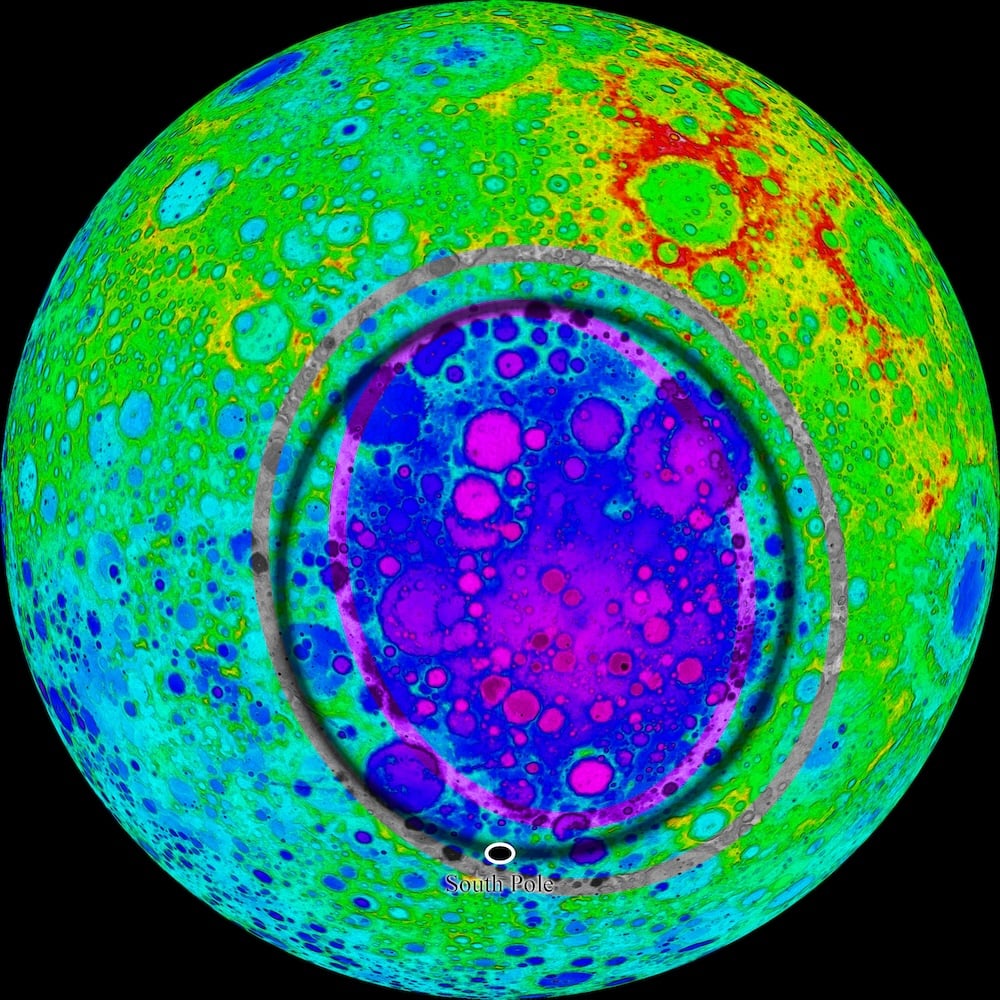
China's Chang'e-6 mission has been exploring the largest crater on the Moon. It's known as Aitken Basin and is found at the South Pole of the Moon where craters are permanently shadowed. The crater is a whopping 2,500 km across and measures 10km deep and Chang'e-6 data has revealed that a giant asteroid smashed into the Moon about 4.25 billion years ago.
Continue reading
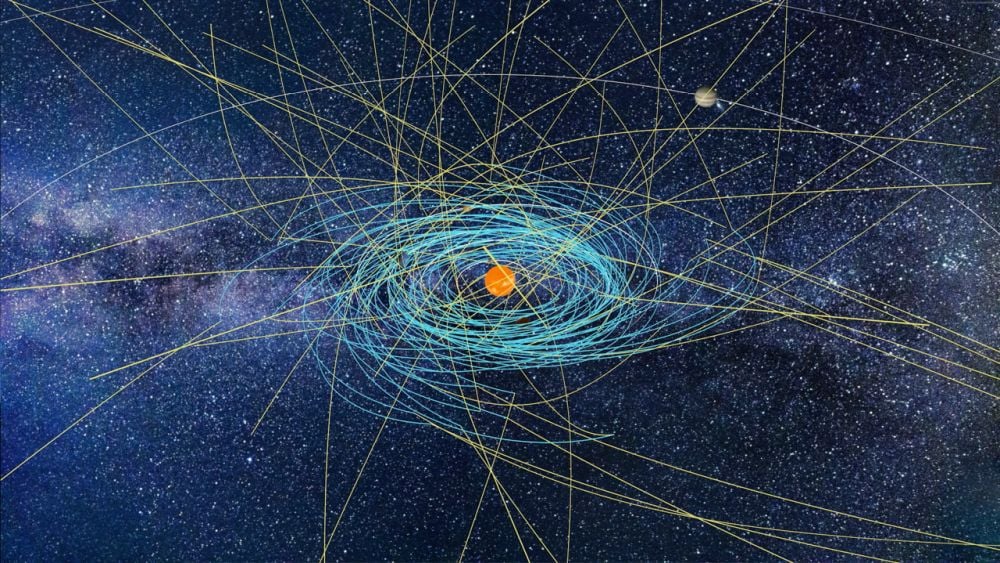
We've learned that Interstellar Objects (ISOs) are not strangers to our Solar System. Many have visited, and many more will in the future. The Vera Rubin Observatory is expected to find hundreds each year. Scientists are keen to learn more about them, and a swarm of spacecraft on standby might be the way to do it.
Continue reading
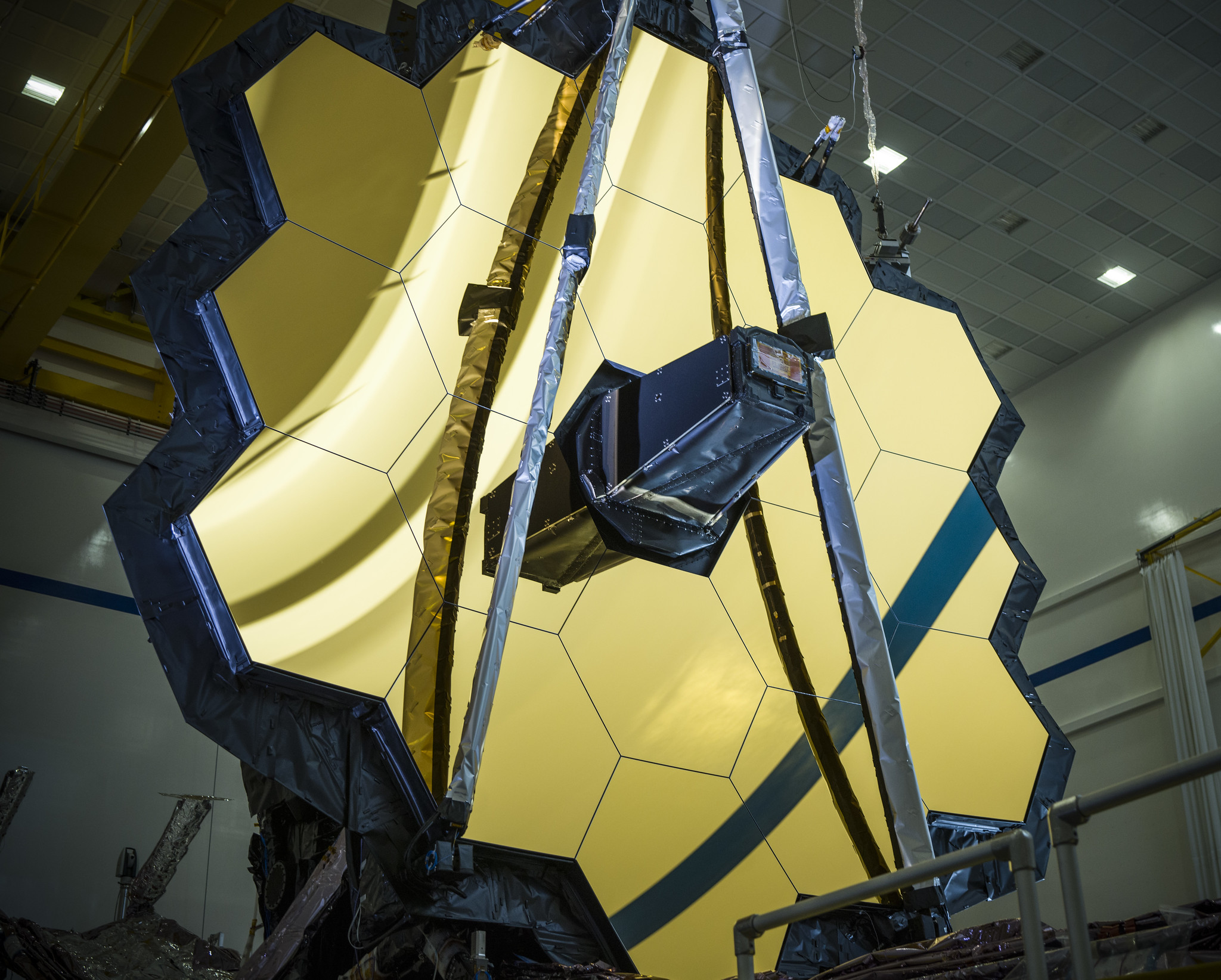
Telescope optics can be made of mirrors or lenses, but in both cases, they're bulky and need to follow a strict mathematical curve to focus light. Researchers have shown that it's possible to make a completely flat lens that focuses light. Traditionally, this has been done with Fresnel lenses, but they distort colors. Their new technique carves tiny concentric rings into a substrate that matches the wavelengths of different colors, allowing a full-color, in-focus image.
Continue reading
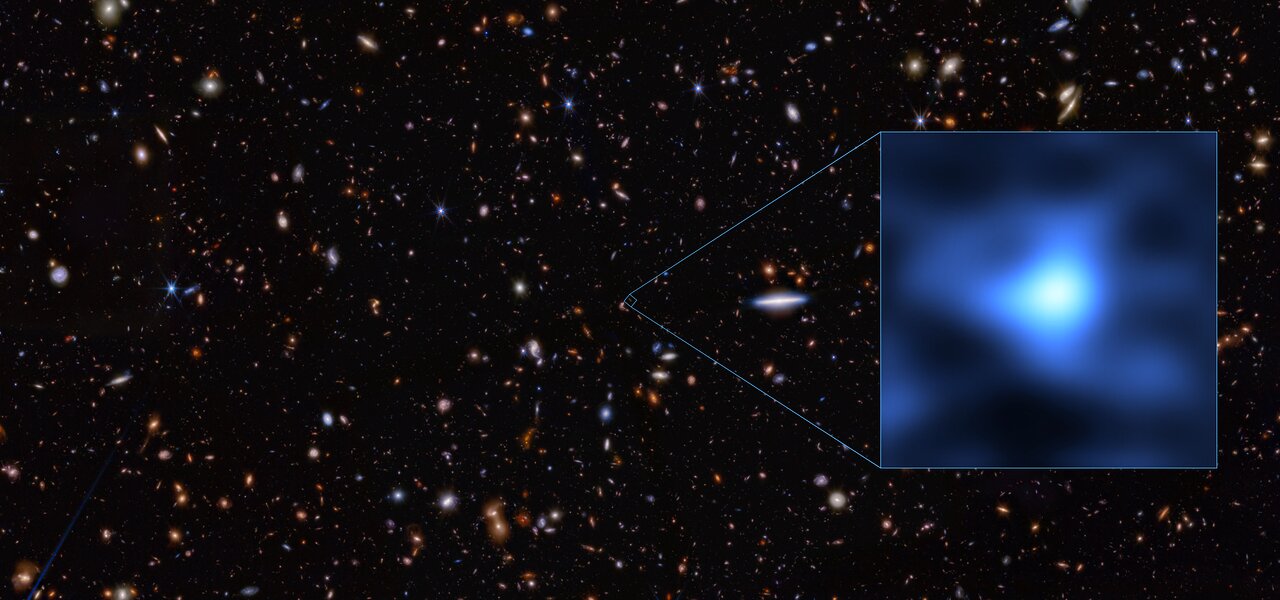
One of the surprising discoveries of the James Webb Space Telescope (JWST) is that galaxies formed very early in the Universe. JWST has discovered about two dozen galaxies at a redshift of around z = 14, meaning that we see them at a time when the cosmos was just 300-500 million years old. The most distant galaxy, JADES-GS-z14-0, is seen at an age of less than 300 million years. All of these galaxies are rich with stars and have a basic structure similar to what we see in more modern galaxies. This discovery challenged our understanding of galactic evolution. Now a new discovery challenges it even further.
Continue reading
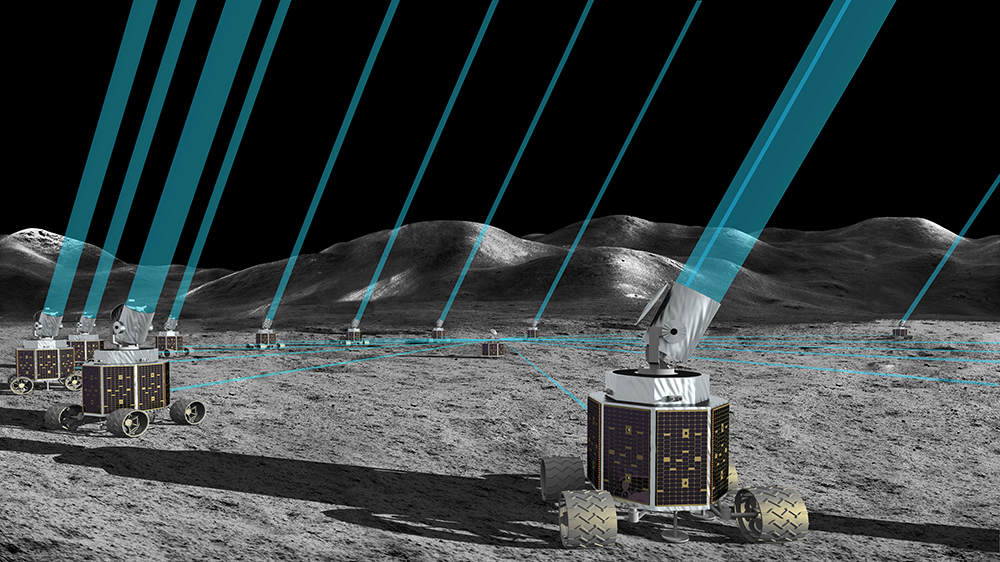
What's on and in a star? What happens at an active galactic nucleus? Answering those question is the goal of a proposed giant interferometer on the Moon. It's called Artemis-enabled Stellar Imager (AeSI) and would deploy a series of 15-30 optical/ultraviolet-sensitive telescopes in a 1-km elliptical array across the lunar surface.
Continue reading

In the years since Miguel Alcubierre came up with a warp drive solution in 1994, you would occasionally see news headlines saying that warp drives can work. And then a few months later you'll see that they've been ruled out. And then after that you'll see that warp drives kind of work, but only in limited cases. It seems to constantly go around and around without a clear answer.
What gives?
Continue reading
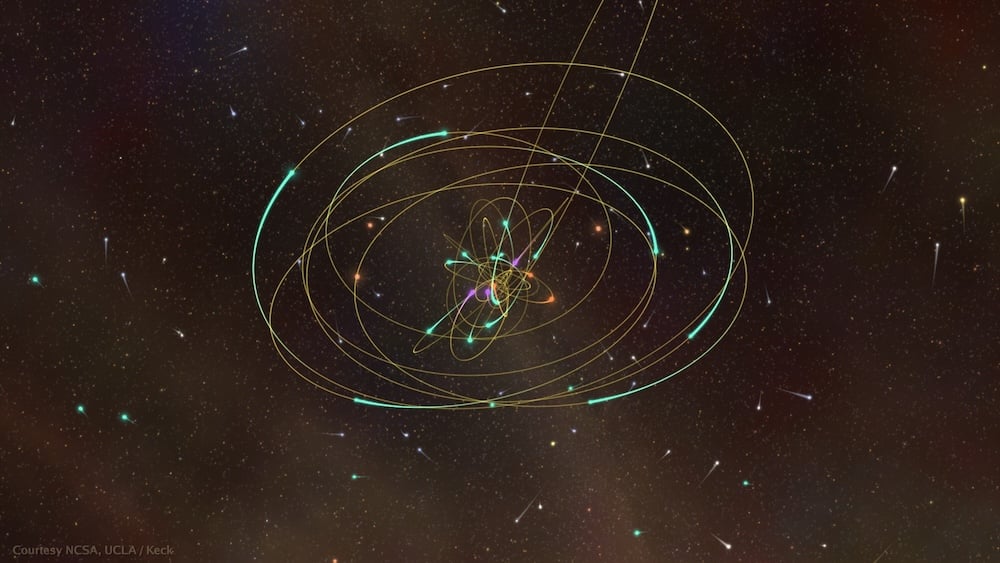
There is a supermassive black hole at the center of our galaxy. There is also a lot of other stuff there as well. Young stars, gas, dust, and stellar-mass black holes. It's a happening place. It is also surrounded by a veil of interstellar gas and dust, which means we can't observe the region in visible light. We can observe stars in the region through infrared and radio, and some of the gas there emits radio light, but the stellar-mass black holes remain mostly a mystery.
Continue reading
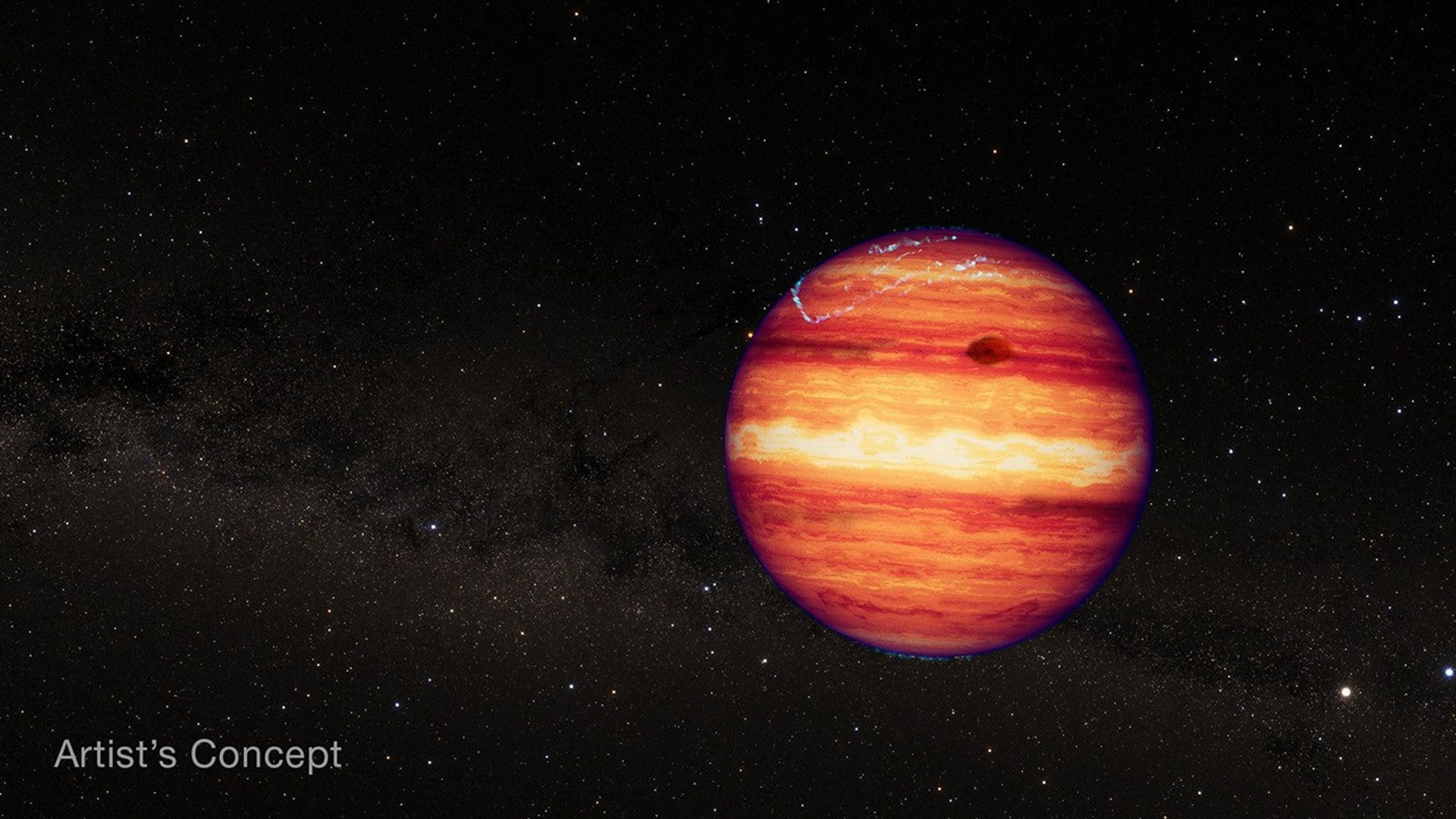
Welcome back to our five-part examination of Webb's Cycle 4 General Observations program. In the first and second installments, we examined how some of Webb's 8,500 hours of prime observing time this cycle will be dedicated to exoplanet characterization, the study of galaxies at "Cosmic Dawn," the period known as "Cosmic Noon," and the study of star formation and evolution.
In our final installment, we'll examine programs that leverage Webb's unique abilities to study objects in our cosmic backyard—the Solar System!
Continue reading
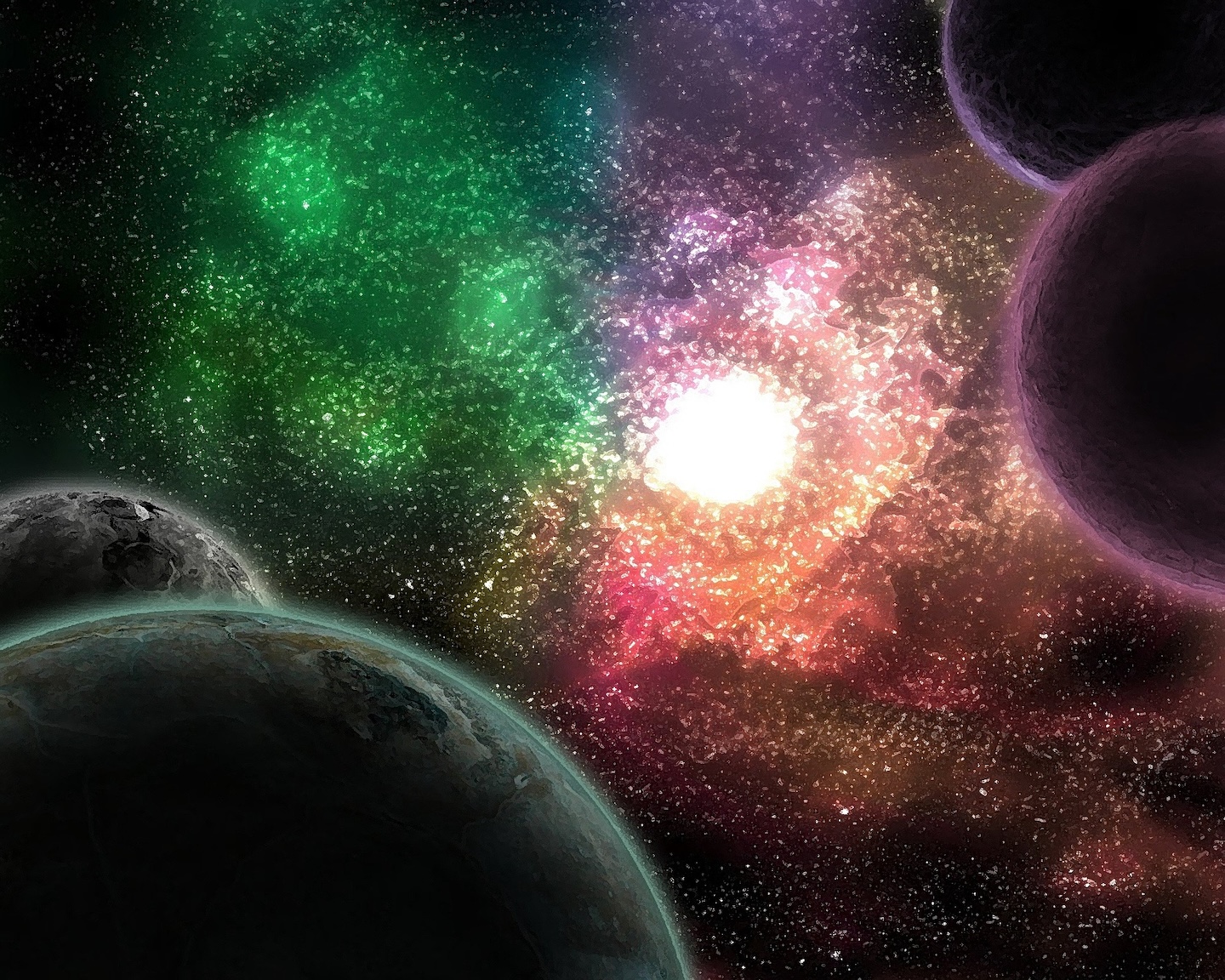
In 1994 Miguel Alcubierre was able to construct a valid solution to the equations of general relativity that enable a warp drive. But now we need to tackle the rest of relativity: How do we arrange matter and energy to make that particular configuration of spacetime possible?
Continue reading
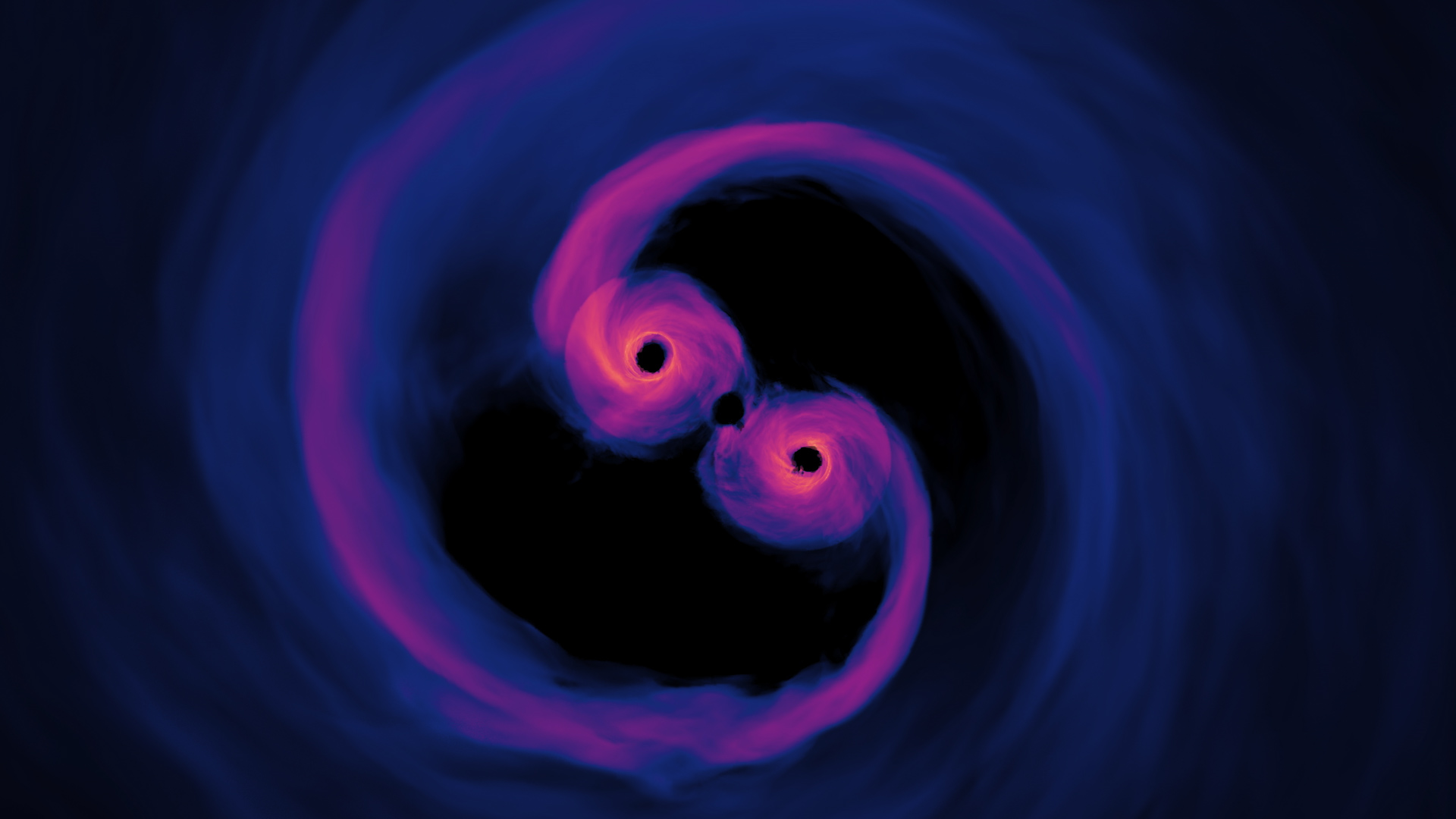
There are three known types of black holes: supermassive black holes that lurk in the hearts of galaxies, stellar mass black holes formed from stars that die as supernovae, and intermediate mass black holes with masses between the two extremes. It's generally thought that the intermediate ones form from the mergers of stellar mass black holes. If that is true, there should be a forbidden range between stellar and intermediate masses. A range where the mass is too large to have formed from a star but too small to be the sum of mergers. But a new study of data from LIGO suggests that there are black holes in that forbidden range.
Continue reading

 Universe Today
Universe Today


















